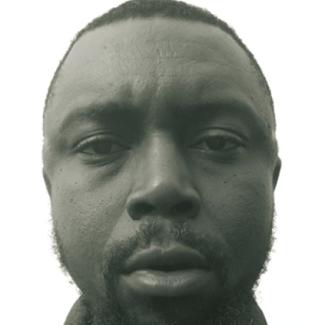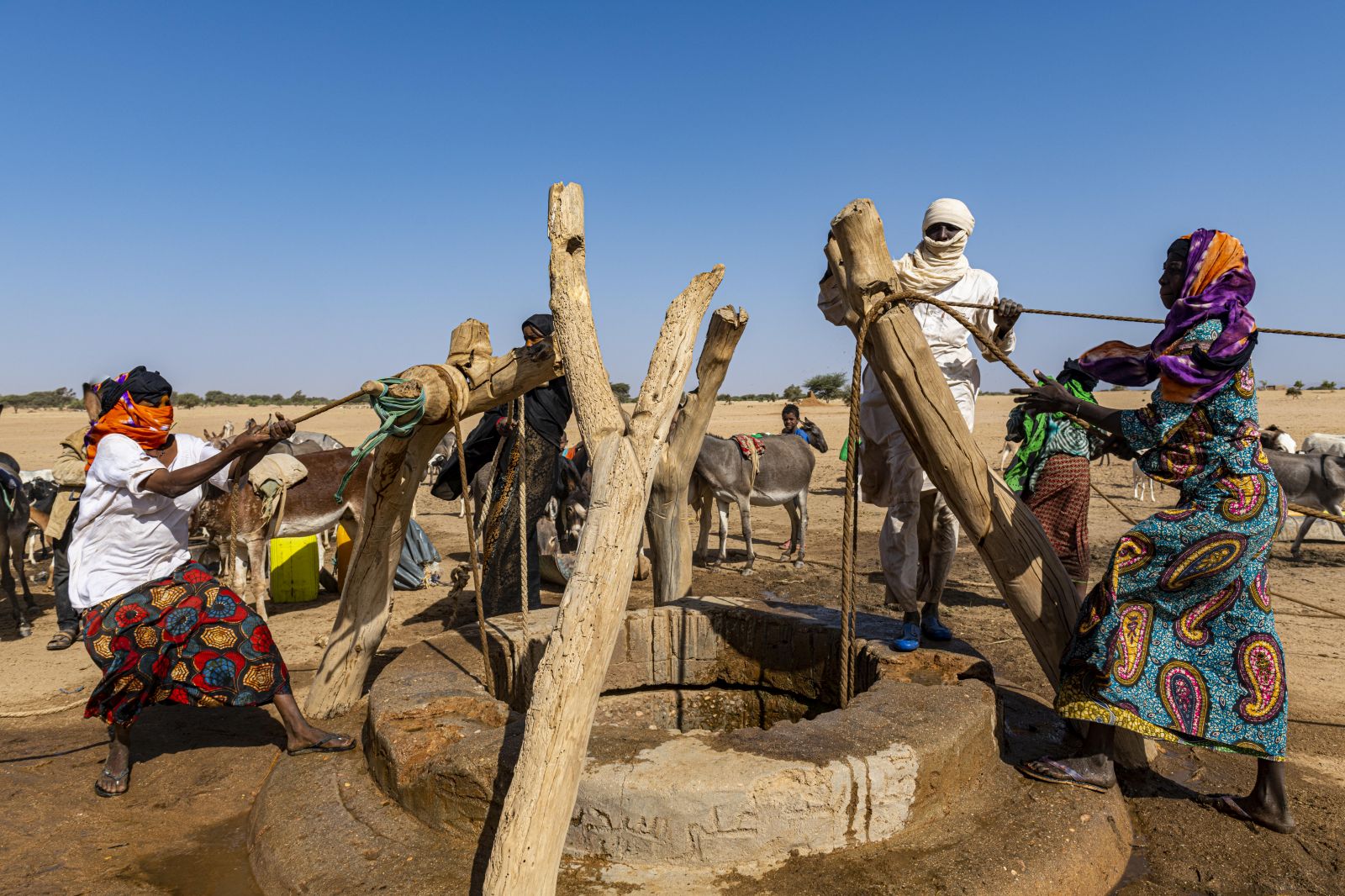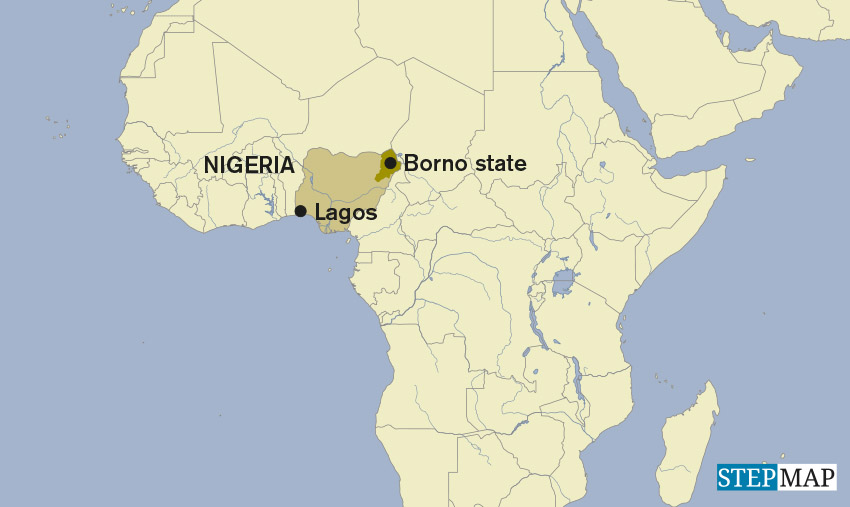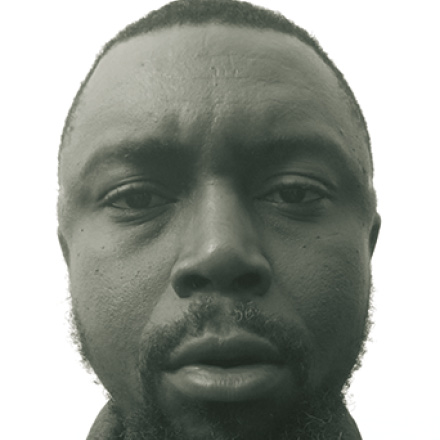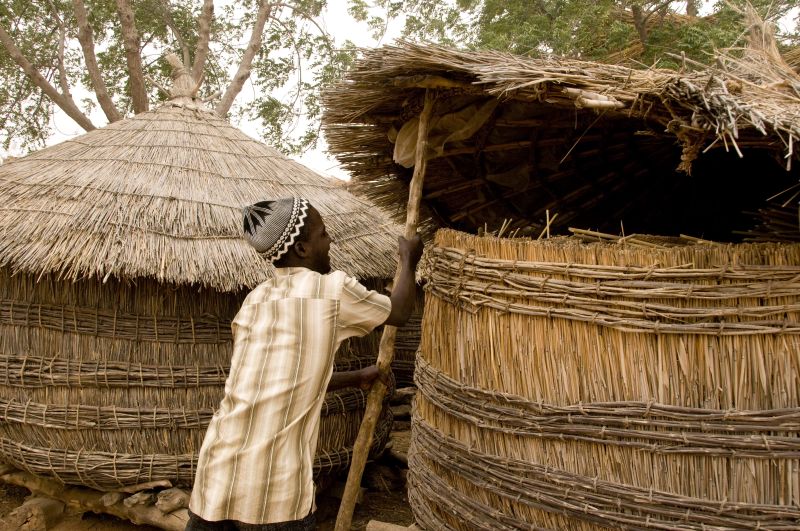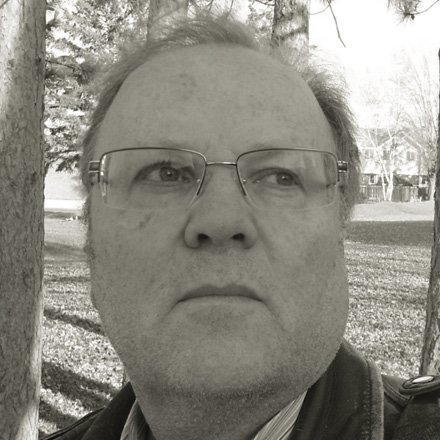Internal displacement
Internal displacement is a huge issue in Nigeria’s northeast
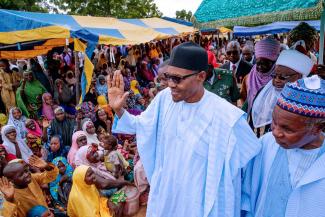
When President Buhari took office in 2015, there were only 1.5 million IDPs in Nigeria. The main reason the number has grown is violent strife, but natural disasters such as flooding matter too. The National Commission reckons that 300,000 people were internally displaced in 2020 alone.
According to the International Committee of the Red Cross, refugees are people who have crossed an international frontier and are at risk or have been victims of persecution in their country of origin. IDPs, on the other hand, have fled their homes for similar reasons, but did not cross an international frontier.
IDP numbers are not totally reliable. Statistics never are of course, but they are particularly hard to compile precisely:
- when disasters strike and
- when people live in places with weak infrastructure.
Moreover, not everyone who flees their home in despair counts as an IDP. After all, many rural people move to urban areas in the hope of finding better livelihoods, so the distinction between internal migration and internal displacement can be very blurry. Domestic debate in Nigeria, therefore, focuses primarily on people living in IDP camps. Government plans to dismantle the camps are currently a hot topic (see box).
Several things are quite clear nonetheless:
- The Boko Haram insurgency, which peaked in 2014 and mostly affects Nigeria’s north-eastern states, is the most important cause of internal displacement, and peace has not be restored to the region affected.
- Food security is deteriorating in all of Nigeria, and the economic downturn caused by Covid-19 has been compounding problems. Things are worst in the north-eastern crisis region.
- Life in IDP camps is full of suffering.
Violence-torn region
The UN Refugee Agency reckons that 2.4 million IDPs currently live in Nigeria’s part of the Lake Chad Basin. It comprises of the six Nigerian states of Adamawa, Bauchi, Borno, Gombe, Taraba and Yobe. Borno is where the Boko Haram uprising began, and the jihadi extremists actually controlled some of its territory in 2014. That year alone, they killed an estimated 11,000 people.
There have been attacks outside Borno, of course. Moreover, Nigeria’s neighbours Cameroon, Chad and Niger are affected too. Some people have fled across borders, so they are officially refugees now. All countries concerned also have IDPs. Telling refugees from IDPs can be quite difficult since local languages tend to be spoken on either side of a national border and many people do not have official documents.
The regional crisis has several dimensions. The population is growing fast while water scarcity is worsening, particularly because of the global climate crisis. Many young people are desperate and angry, which makes it easier for militants to find recruits. To some extent, moreover, gangs offer perspectives.
Violence keeps haunting Nigeria’s northeast, though the jihadists have indeed lost some ground. However, the words “bandits” and “herdsmen attacks” have been added to the nation’s conflict lexicon. Buhari won the election in 2015 on the back of promises to restore order. “We shall spare no effort until we defeat terrorism,” Buhari promised soon after winning the election. He spoke of a “tough and urgent job”.
Not quite seven years later, the situation remains tense. Various armed groups are active. Officialdom likes to suggest that what is happening now is a plain law-and-order problem and that the insurgency is over. To the people at risk at the grassroots, however, that distinction does not matter.
International observers are sounding the alarm. “Conflict is likely to rise further in Borno state, as well as violence in the northwest, in the coming months, driving further displacement and constricting already extremely challenging humanitarian access,” was a prediction in a report published this summer by the UN Food and Agriculture Organization (FAO) and the World Food Programme (WFP). It also stated: “Nationwide inflation and high food prices, meanwhile, are projected to increase further, affecting access to food.”
International non-governmental organisations are expressing related worries. In summer, Save the Children estimated that 700,000 children under the age of five were among 2.3 million children and youths going hungry in Nigeria’s northeast. Shannon Ward, who leads the agency’s Nigeria office, said: “Millions of children have already been through a decade of suffering, violence and humanitarian crisis.”
Suffering in IDP camps
In particular, people living in IDP and refugee camps are exposed to risks of malnutrition, hunger and even starvation. Supplies of clothing and medicine tend to be irregular too. Sanitation problems exacerbate issues of inadequate health care. Though a great number of children and teenagers live in the camps, education facilities tend to be poor or simply do not exist at all (see Qaabata Boru on our D+C/E+Z platform).
It is well understood, moreover, that IDPs typically struggle more with mental-health issues than people who were not forced to leave their homes. According to the Geneva-based Internal Displacement Monitoring Centre, depression and post-traumatic stress disorder are widespread. Professional support can help, but camps mostly lack trained staff who could offer support.
Women are the majority of Nigeria’s adult IDP camp population. Sadly, sexual harassment and gender-based violence are common. Movement is restricted, and IDPs are at the mercy of security forces. According to the Legal Defence and Assistance Project (LEDAP), a Nigerian advocacy group, women and girls in the northeast’s IDP camps have been sexually abused in exchange for food and water in a systematic way. There are even reports of pregnant women being raped. Women have also been forced into marriages or sold into slavery.
Similar reports were published in the past. In 2016, for example, Human Rights Watch (HRW) documented the sexual abuse of 43 women and girls living in IDP camps in Maiduguri, the capital of Borno state. “It is bad enough that these women and girls are not getting much-needed support for the horrific trauma they suffered at the hands of Boko Haram,” stated Mausi Segun, an HRW researcher. “It is disgraceful and outrageous that people who should protect these women and girls are attacking and abusing them.”
While life in the IDP camps is full of suffering, many Nigerians struggle with hardship. As stated above, food insecurity is worsening. The full truth is that even well-to-do people only see very limited prospects for themselves in Nigeria – and many are eager to migrate to more prosperous countries (see my comment on the D+C/E+Z platform).
Ben Ezeamalu is a senior reporter who works for Premium Times in Lagos.
ben.ezeamalu@gmail.com
Twitter: @callmebenfigo
